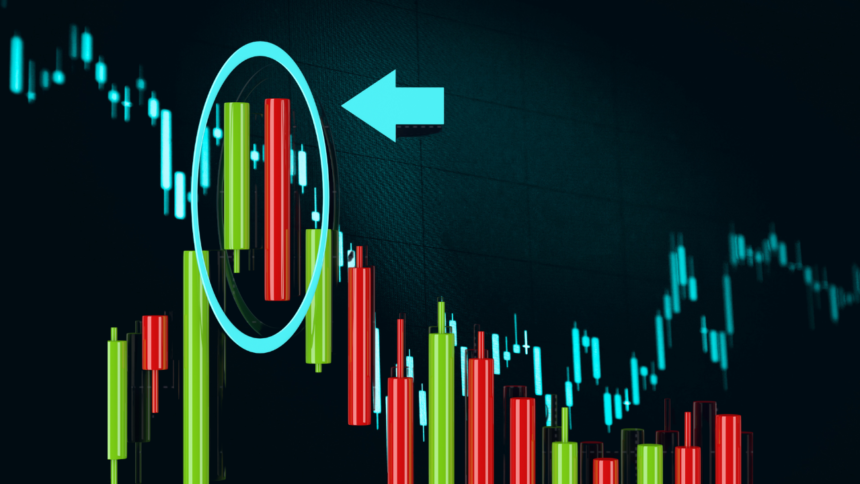Introduction to Candlestick Patterns
What Are Candlestick Patterns?
Candlestick patterns are visual representations used in technical analysis to depict price movements of financial instruments over a specific period. They are named “candlesticks” because of their shape, which resembles a candle with wicks. These patterns are formed by the opening, closing, high, and low prices of the trading day. By examining these patterns, traders can infer potential future price movements and make informed trading decisions.
History of Candlestick Patterns
Candlestick charting was developed in the 18th century by Munehisa Homma, a Japanese rice trader. Homma realized that emotions influenced the price of rice as much as supply and demand. He devised a method to capture this sentiment visually, giving birth to the candlestick chart. Over time, this technique was refined and is now widely used in modern financial markets across the globe.
Importance of Candlestick Patterns in Trading
Candlestick patterns are crucial for traders because they provide a quick visual cue about market sentiment and potential reversals. Unlike bar charts or line charts, candlestick charts are more informative, allowing traders to understand market psychology at a glance. This ability to quickly interpret data helps traders anticipate price movements and adjust their strategies accordingly.
Basic Components of a Candlestick
Understanding the Anatomy of a Candlestick
A candlestick is composed of a body and two wicks (also known as shadows). Here’s a breakdown of these components:
Bullish vs. Bearish Candlesticks
Common Types of Candlestick Patterns
Candlestick patterns are categorized into single, double, and triple patterns, each providing different levels of insight into potential price movements.
Single Candlestick Patterns
These patterns consist of a single candlestick and are simple yet powerful indicators of market trends.
Double Candlestick Patterns
These involve two consecutive candlesticks and can signal stronger potential reversals or continuations.
Triple Candlestick Patterns
These patterns involve three consecutive candlesticks and are often used to confirm trends.
Popular Candlestick Patterns for Traders
Let’s explore some of the most popular candlestick patterns that traders commonly use to make informed decisions:
Doji
The Doji pattern is a crucial indicator of market indecision. It forms when the opening and closing prices are nearly equal, resulting in a very small or non-existent body. Traders interpret a Doji as a sign that the market is uncertain, and a potential reversal may be on the horizon, especially when it appears after a strong bullish or bearish move.
Hammer and Hanging Man
The Hammer and Hanging Man are two similar-looking candlestick patterns but indicate different market conditions:
Engulfing Patterns
Engulfing patterns are powerful reversal indicators consisting of two candles:
Morning Star and Evening Star
These are triple candlestick patterns indicating reversals:
Shooting Star
The Shooting Star is a bearish reversal pattern that forms after an uptrend. It has a small body, a long upper wick, and little or no lower wick, indicating that buyers pushed the price up, but sellers managed to drive it back down.
Using Candlestick Patterns in Trading
Interpreting Market Sentiment
Candlestick patterns are more than just visual tools; they provide insights into market sentiment and psychology. Understanding these patterns helps traders predict future price movements, allowing them to make more informed decisions.
Combining Candlestick Patterns with Other Indicators
While candlestick patterns are powerful tools on their own, combining them with other technical indicators such as moving averages, relative strength index (RSI), and Bollinger Bands can provide more robust trading signals. This combination helps confirm potential reversals or continuations, improving trading accuracy.
Common Mistakes to Avoid
Benefits of Having a Candlestick Patterns PDF
Easy Access to Information
A PDF guide compiling all candlestick patterns allows traders to have instant access to crucial information. This can be especially helpful for beginners who are still learning the various patterns and their meanings.
Quick Reference for Trading Decisions
During fast-paced trading sessions, having a PDF guide at hand allows traders to quickly reference patterns without wasting valuable time searching for information.
Enhancing Trading Knowledge
A comprehensive PDF guide not only serves as a quick reference but also as a learning tool. By studying different candlestick patterns and their implications, traders can enhance their understanding and develop more effective trading strategies.
How to Download the All Candlestick Patterns PDF
Step-by-Step Guide to Downloading
- Visit a Trusted Website: Make sure you download the PDF from a reputable website that offers high-quality trading resources. For your convenience, you can also download the comprehensive “All Candlestick Patterns PDF” directly from our website using the link or button provided below.
- Search for the PDF: If you’re exploring other websites, use the search bar to find the “All Candlestick Patterns PDF.”
- Click on the Download Link: Once you find the PDF on any site, click on the download link. Some websites may require you to sign up or provide your email address. However, on our website, you can directly download the file with just a click.
- Save the File: Choose a location on your device to save the PDF for easy access.
Download the All Candlestick Patterns PDF Now
To download the “All Candlestick Patterns PDF,” click the button below:
By downloading from our site, you ensure you’re getting a comprehensive, high-quality guide that covers all major candlestick patterns, detailed descriptions, visual illustrations, and practical trading tips.
What’s Included in the PDF?
The PDF from our website includes:
Additional Resources and Tools
Our website offers a range of additional resources, including video tutorials, webinars, articles, and more, all designed to help you broaden your knowledge and improve your trading strategies. Be sure to take advantage of these materials to deepen your understanding and enhance your trading skills.







